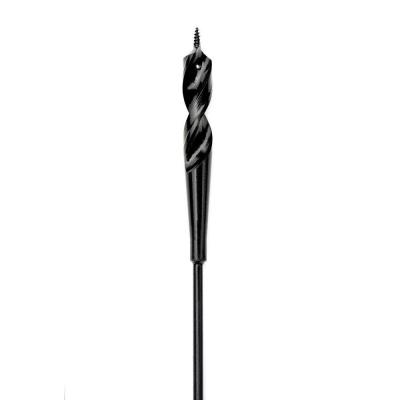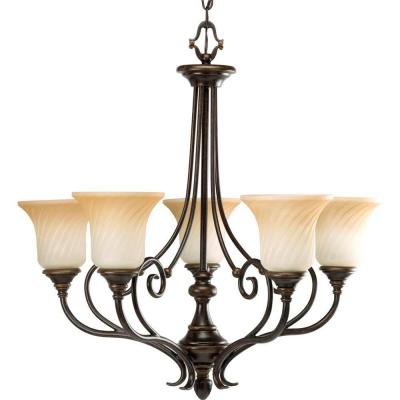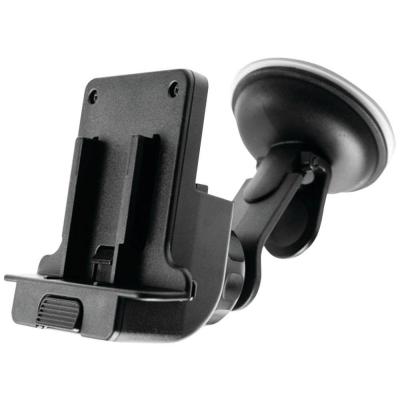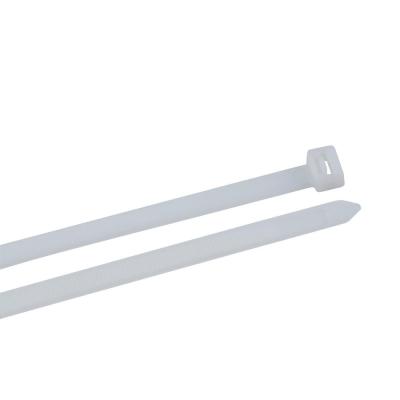21 Best electrical contractors - Blog With Technicians - Find an electrician in your area for home electrical panel and circuit breaker installations & repairs. Your roof is your home’s first line of defense against inclement weather, but it can only take so much pressure. The ice that forms in the winter creates ice dams—formed from melted snow refreezing and creating a blockage—as well as gutter ice. The buildup of ice and snow adds weight to your roof that it is not designed to handle ..More
- Outlet Wiring Boulder, CO
- Outlet Installation Chico, CA
Directory Listing Of certified electrician - Faq's - Diagnosis & Repair - You can restore the affection you once had for your home by enlisting the help of a licensed professional to complete an electrical safety inspection. If you’ve been experiencing electrical troubles, such as tripping breakers, outlets that emit a foul odor, defective lights, or frayed wiring, it’s difficult to love where you live. When you want a relaxing evening after a long day at the office, or when you want to throw a party for your closest friends and family family members, we hope that you’re able to look to your home as a place of safety, comfort, and peace of mind. Online electrical items for ceiling fans installation, electrical panel inspection, faulty wiring troubleshooting, light fixtures ..More
- Install Fire Alarm Flagstaff, AZ
- Repair Circuit Breaker Erie, PA
Search and locate electrician contractor - Blogs & Forums - Online discount electrical store near you for outdoor lighting, breaker box, wiring and other accessories. Ambient lighting in a piano room or formal living space is the key note needed and piano lamps can make this room sing and make sweet music! Capitol Lighting offers a beautiful selection of piano lamps and picture lighting for any room in your home. Make a grand statement with modern piano lamps on your baby grand piano! House of Troy lighting makes any piano sing and they offer picture lighting in a wide selection of finishes to choose from such as polished brass-gold, black and even satin nickel brushed steel ..More
- Installing Circuit Breaker Evansville, IN
- Wiring Outlets Mckinney, TX
- location_on Virginia Gardens, FL
- location_on Miami Gardens, FL
- location_on Homestead, FL
- location_on West Miami, FL
- location_on Southwest Ranches, FL
- location_on South Miami, FL
- location_on Hialeah Gardens, FL
- location_on Lazy Lake, FL
- location_on Miami Springs, FL
- location_on Oakland Park, FL
- location_on West Little River, FL
- location_on Sunrise, FL
- location_on Ives Estates, FL
- location_on Ojus, FL
- location_on Westwood Lakes, FL
- location_on Hollywood, FL
- location_on Sea Ranch Lakes, FL
- location_on Pinewood, FL
Tips & Resources For Homeowners
-
Miami Beach, FL: Situations In Which You Should Call Your Local Residential Electrician
Posted at 00:57h in Electrical Tips by Zammit 0 Comments 0 Likes Share When it comes to
-
Miami Beach, FL: Get in Touch with Your Glamorous Side
7 Illuminating Strategies to Highlight your New Crystal Chandelier 1. Size and i
-
Miami Beach, FL: The Unsung Superhero of Education
We all want the best for our children, and one of the most important ways we can help the next g
-
Miami Beach, FL: Summer Splendor with Meyda Tiffany
Color your World with Meyda Tiffany Summer colors are abloom with table and floor lamps,
-
Miami Beach, FL: Slim, Dimmable LED Panel Lights Provide Flawless Illumination
1-by-4-foot, LED light panels use Even-Glow® technology and diffused optical lense
-
Miami Beach, FL: LED Christmas Gift Ideas for Anyone!
Skip all the site hopping and countless hours in department stores; finding the perf
-

3/8 in. x 54 in. Flexible Screw Point Cable Installer Bit with 3/16 in. Diameter Shank
Brand :- Eagle Tool US Price :- $16 -

Kensington Collection 5-Light Forged Bronze Chandelier
Brand :- Progress Lighting Price :- $200.61 -

Windshield Mount
Brand :- Magellan Price :- $11.52 -

21 in. Heavy Duty Cable Tie 175 lb. (50-Pack) Case of 10
Brand :- Gardner Bender Price :- $114